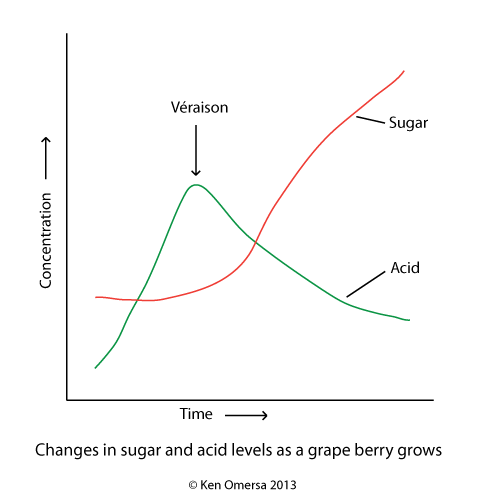a large container survives better than a small container, therefore there is a strong argument to keep wine in a carboy or stainless tank as long as possible.
I disagree. This is a "one size fits all" approach that works only if the winemaker is interested in longevity.
A large percentage of our frequent posters are heavy red drinkers -- we talk about aging reds in the barrel for 1 or 2 years. This produces the result that we desire, and we are willing to wait.
OTOH, beginners are frequently advised to make a light, fast drinking red kit -- to drink while the heavier reds are aging. Bottling these wines at the 2 to 4 month makes sense, as their purpose is to be drunk soon. The one criteria is the wine needs to be clear before bottling, and if the kit instructions are followed, the wine is clear. [I make 2nd run reds for this purpose, my 2019's are very drinkable now.]
White wines? I've never made a white that had significant longevity, the ones that hit the 3 year mark started declining. Looking at vintage charts, this makes sense -- most whites are good for only 2 to 4 years. Ones that last longer are the outliers, so bottling at the 4 to 6 month mark makes sense.
In 2018 I made a Verdicchio kit. I sampled a bottle at the 6 month mark and loved it! Acidic, crisp, light! I let most of it age and by the 18 month mark it changed, matured. I'm down to a few bottles and they're good, but that youthful crispness was better. If I make this kit again, I'll bottle in 3 months, start using in 6, and plan for it to be gone by 18.
Fruit wines? They have the same variability. Some folks bulk age for a year or more, others don't. Depending on the fruit, a lot are good at the 6 month mark, and IME the lighter fruit wines have a shorter lifespan, like white wines. I have no knowledge regarding how fig wines age, as I've heard conflicting reports.
@Handy Andy, have we veered far enough off topic?

I think we've answered the K-meta question, at least.
IIRC, you're growing 3 whites and 2 reds, and one of the reds is a lighter red? Check with the local commercial wineries and see how quickly they bottle. I suggest mimicking them, at least at first. The one grape, Alverino, sounds a lot like the Verdicchio, so it may be best as a younger wine.





